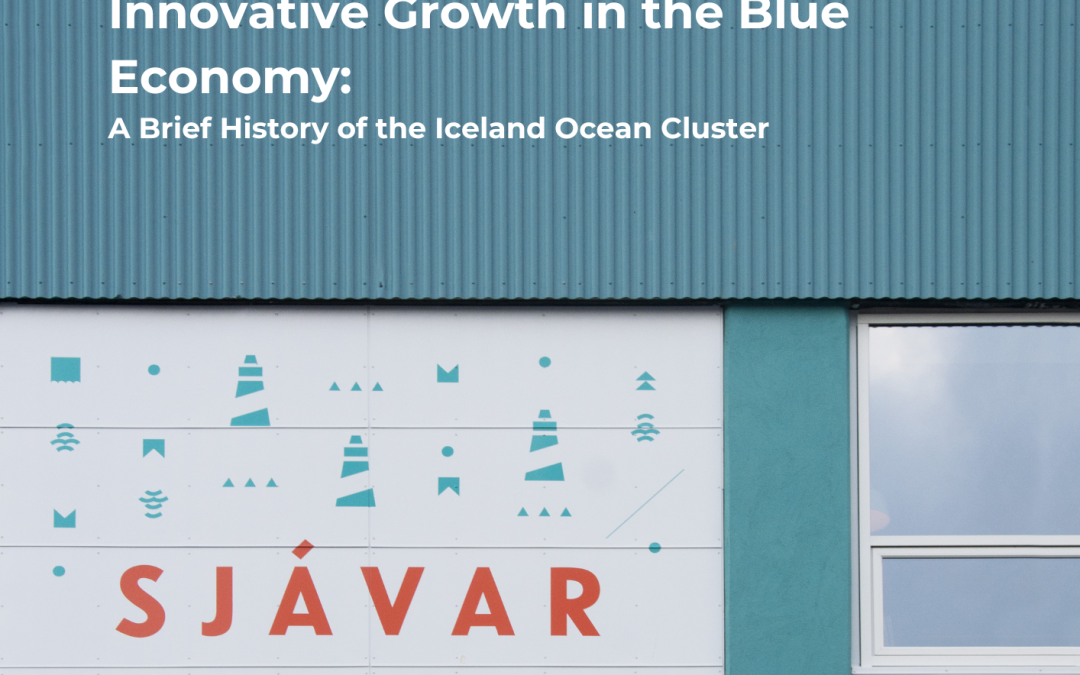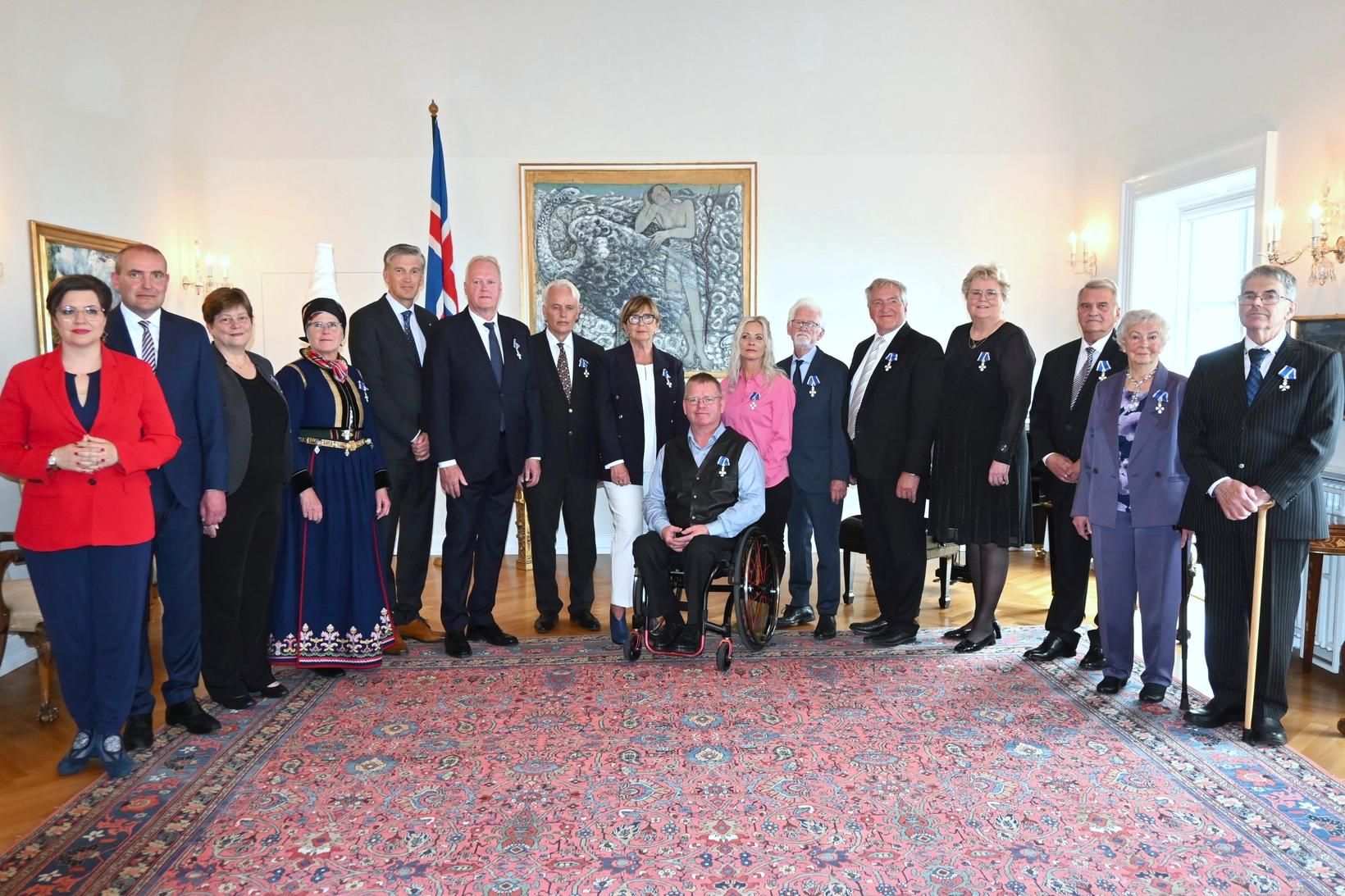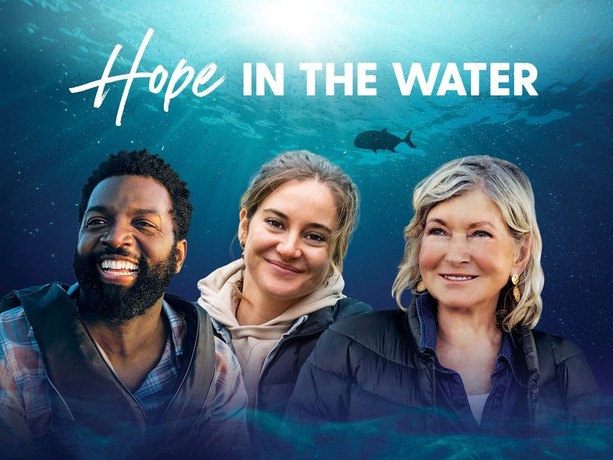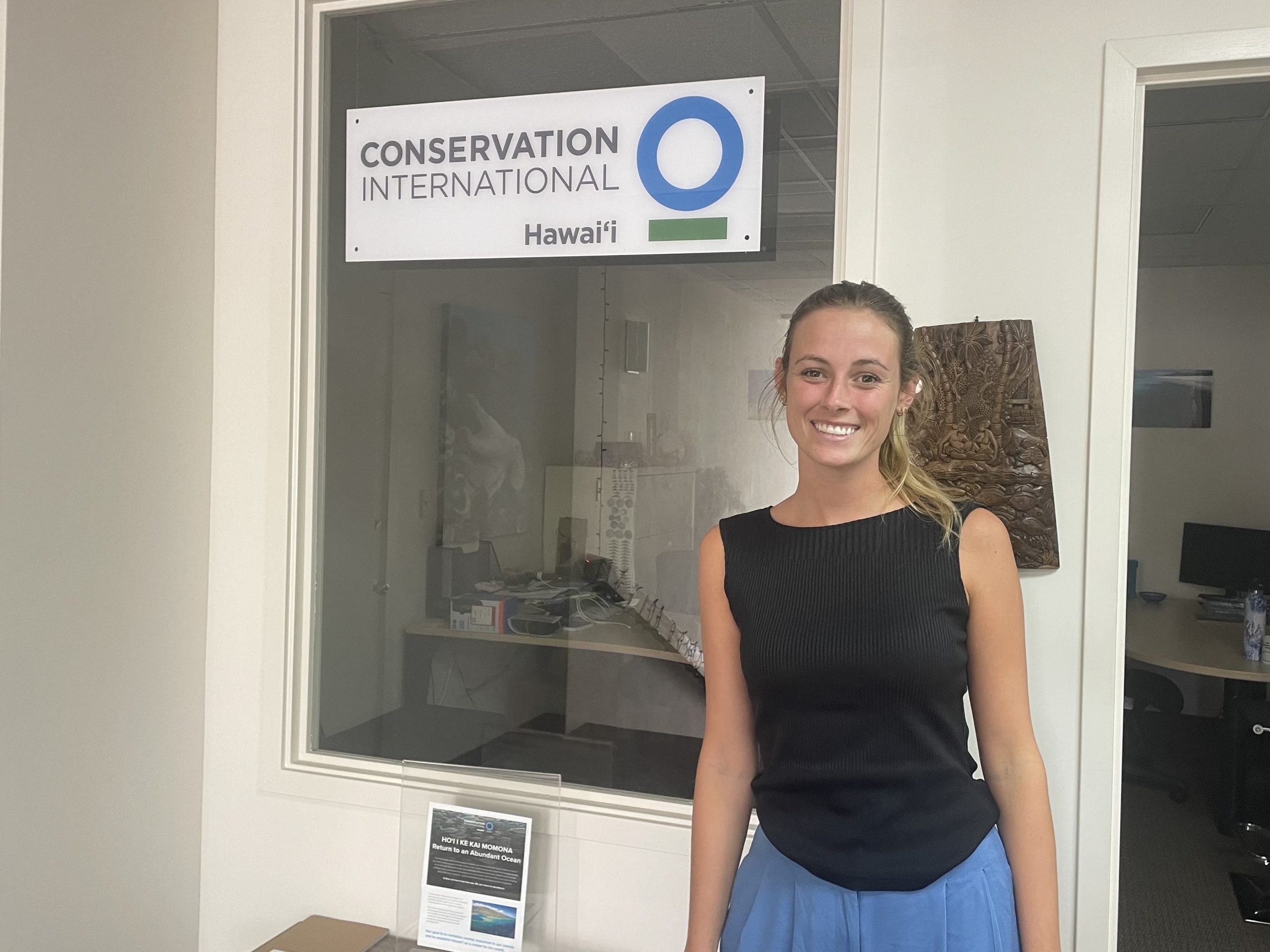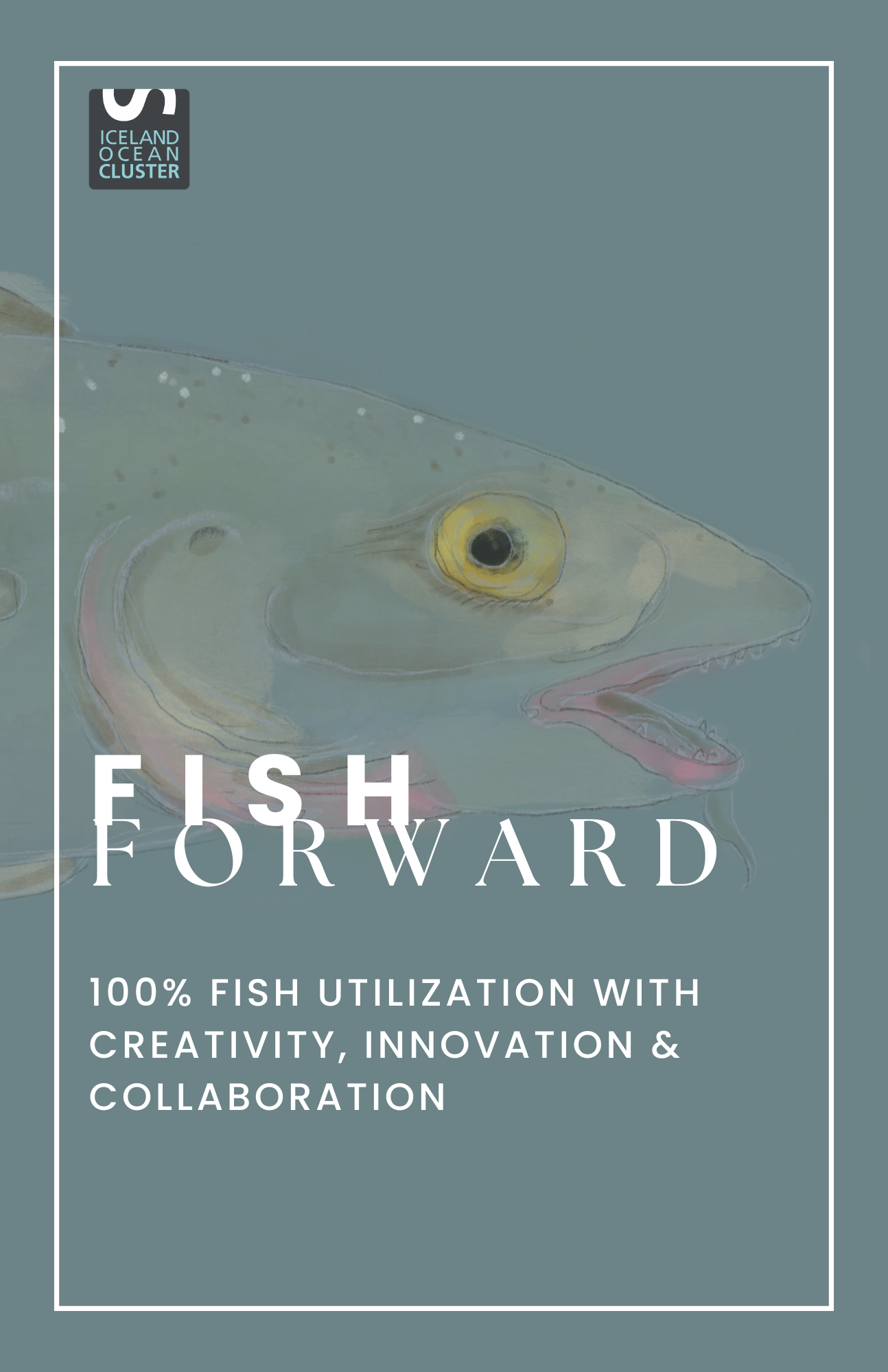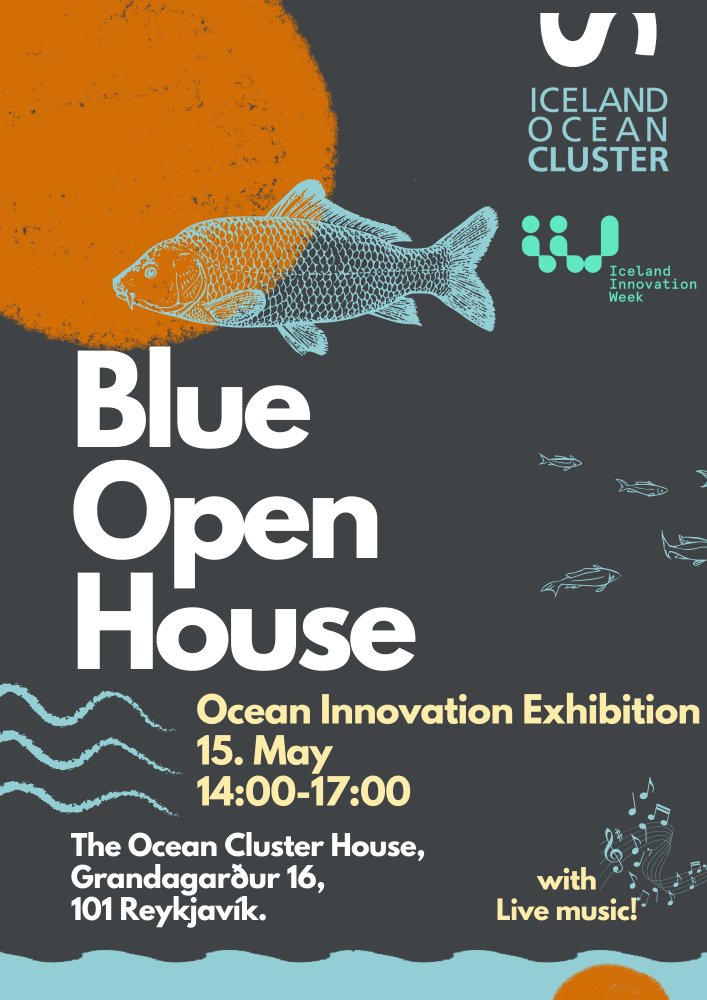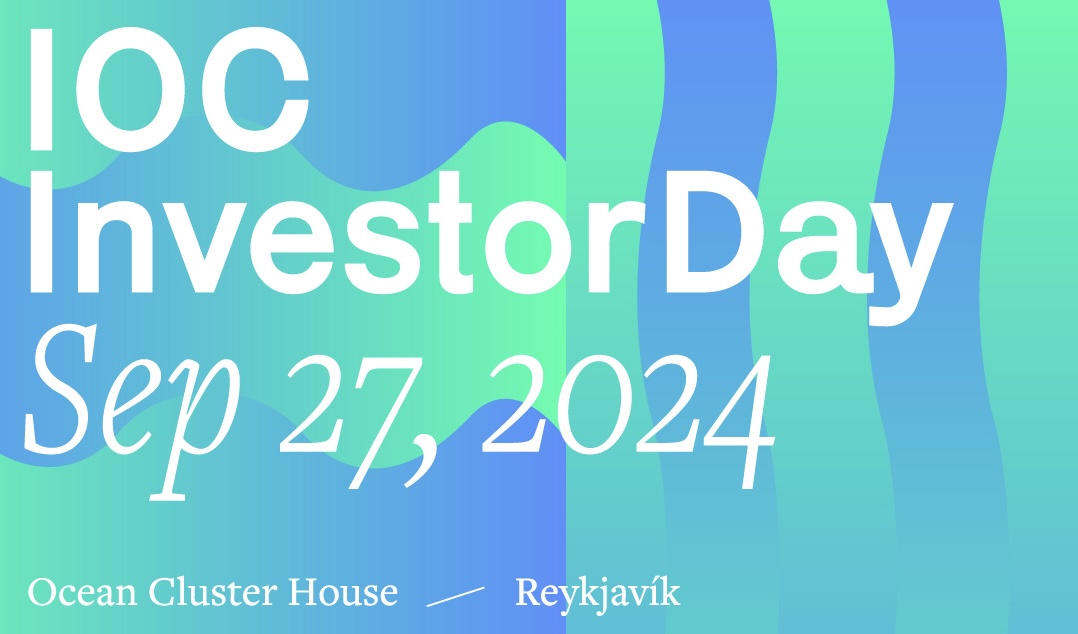
Innovative Growth in the Blue economy:
A brief History of the Iceland Ocean Cluster
By Thor Sigfusson
Innovation within the Blue Economy of Iceland has undergone substantial changes over the last thirteen years the Iceland Ocean Cluster has been in operation. This summary aims to explore the nature of this growth and how it can serve as a model for other countries.
When the Cluster was established, the most notable technological advancements were in the development of new methods for fish processing. During this initial phase, the Cluster engaged with approximately 40 smaller tech companies, each bringing unique, Icelandic technologies for fishing and processing to the table. These companies initially faced challenges in scaling their operations, primarily due to their small sizes which made exporting their technologies difficult. However, as they grew and their competitive landscape improved, many of these firms branched out into other areas of the food industry, including chicken and pork production. Marel was a pioneer in this expansion, with numerous other tech companies like Skaginn3X and Thorice following suit. This foundation of collaboration between Icelandic fishing industry companies and tech companies set a precedent for the collaborative culture now thriving across various sectors of the Blue Economy. Today, the Cluster’s network encompasses more than two hundred entrepreneurial companies, demonstrating a significant increase in entrepreneurial activity and diversity within the sector.
The Maximum Utilization Revolution
A key turning point in the field of innovation was the focus on maximizing the utilization of by-products. In 2004, the establishment of the More Valuable Seafood (Icel. „Aukið virði sjávarfangs-AVS) fund partly paved the way for this revolution. This fund, along with changes in the Icelandic fishing management system, laid the groundwork for a technological revolution and a shift in perspective within Iceland’s fishery and processing industries.
Pioneers who specialized in the increased use of fish byproducts laid the foundation for developments that trace back to the previous century. Companies like Lýsi, known for fish oil production, along with liver canning and fish head drying factories, as well as innovators who created health products from shells and innards, were at the forefront of this movement. The founders of these enterprises, along with key individuals from research organizations such as Matís, were instrumental as innovators in achieving the highest level of utilization.
Initially, interest was limited, and the corporate environment was challenging, similar to what the Iceland Ocean Cluster observes in many other countries. Internationally, entrepreneurs in maximum utilization are taking their first steps in environments often unprepared for such innovation, reminiscent of Iceland’s situation around 1980, when funding, shipping for by-products, and investor interest were scarce.
In subsequent years, numerous innovative companies specializing in maximum utilization have emerged, further strengthening this field. These include firms developing proteins like collagen, omega products, and products in the leather, beauty, health, and pharmaceutical sectors. Names such as Marine Collagen, Langa, Eylíf, Feel Iceland, and Foodsmart, among others, have received support from influential Icelandic competition funds, as well as Nordic and European Union funds, which have been instrumental in kickstarting these companies and subsequently opening doors to the private investment market. The innovative interest in this field reached new heights following the sale of Kerecis at the end of 2023, leading to what the Iceland Ocean Cluster has termed the ‘Fertram-effect’. This refers to the impact of Guðmundur Fertram Sigurjónsson, Kerecis’ founder, and the company’s international success, which highlighted the lucrative potential of maximum utilization.
Following the increased international interest in maximum utilization, companies like Héðinn/HPP and Skaginn 3X, along with other tech firms focused on by-product utilization, have developed a variety of technological solutions to assist other countries in more efficient by-product use. This highlights an ongoing need for smaller technical units designed to serve specific maritime environments aiming to process by-products.
In the past 5-7 years, there has been a notable increase in interest in developing materials from kelp, among other sources. Leading companies in this space, such as Algalíf and Vaxa, have seen significant success. Additionally, a range of new companies has emerged, focusing on products for the kelp-related consumer market, including Taramar, Key Natura, Sjávarsmiðjan, Mýsköpun, and Zeto.
The Aquaculture Wave Opens Up Opportunities
The strong start of fish farming in Iceland about ten years ago marked the beginning of a new wave of innovation, spearheaded by major tech companies like Marel, Valka, and Hampiðjan, which developed specialized equipment for salmon farming. International tech firms related to aquaculture, such as Benchmark Genetics and Vaki, have also made significant strides. Agricultural companies like Geosalmo, Samherji Agriculture, and Matorka have shown a keen interest in maximum utilization and technological collaboration with Icelandic entrepreneurial firms, leading to a surge in entrepreneurial activity in this sector. The expertise Iceland has developed in the maximum utilization of white fish is now being applied to the processing of salmon, positioning Iceland to outperform most other farming countries in this area.
Artificial Intelligence Comes Knocking
In the last two years, the Iceland Ocean Cluster has witnessed a rapidly growing interest in the application of artificial intelligence (AI) within the Blue Economy. AI holds the greatest potential for enhancing efficiency in the Icelandic fishing industry in the coming years. While the global fishing industry may be slower to adopt AI compared to other sectors, this is not the case in Iceland. The Icelandic fishing industry, already a leader in various technological domains, is poised to achieve a leading position in the global use of AI. Entrepreneurial companies in this area are experiencing rapid growth, with many already incorporating AI into their operations. Notable examples include Hefring Marine, Ankeri, Visk, Oceans of Data, and Learn Cove.
Additionally, there are companies that, while not directly related to the previously mentioned frameworks, exemplify the breadth of Icelandic innovation. These include Alvar, Wise Fish, Rafnar, Kapp, Sidewind, Alda Safety, Trackwell, and SeaSaver, among others, whose progress promises to be exciting to follow in the near future.
The Growing Factor of Blue Investors
One of the most rapid changes observed is the unprecedented level of investment from fishery companies into entrepreneurial ventures. The Iceland Ocean Cluster has noted that this trend is unique, with no similar examples of growth observed elsewhere in the world. This could be a game-changer for innovation and the fishing industry in the years to come. While this positive evolution unfolds, it is crucial to consider the impact of selling some of the most influential companies in the Blue Economy to foreign investors. The participation of foreign investors in blue innovation projects in a small country like Iceland is important, but it is essential to prioritize keeping the headquarters of successful blue companies in Iceland. To this end, Iceland’s small Blue Economy must offer advantages over other regions. Additionally, the implications of foreign parties holding valuable and often extensive patents for the exploitation of Icelandic fish species must be carefully considered.
The Entire Supply Chain
The significant increase in the number of entrepreneurial companies in the Blue Economy would not have been possible without the support of influential research institutions, universities, and fishing companies, all of which harbor an entrepreneurial spirit. Therefore, the entire supply chain must be actively involved to ensure the functioning of the Blue Economy. Further empowering research in the Blue Economy is necessary as it forms the foundation for continued growth. Competition funds have played a crucial role, but it is worth exploring how Icelandic research institutions, though small on a global scale, can connect more with foreign research institutions and grow financially. Matís and other research organizations are the backbone of many entrepreneurial companies’ success and ongoing global expansion. To support this, a reassessment of the operational basis of these organizations may be needed, along with the potential for investor or pension fund involvement in some aspects of their operations. This would enable these institutions to compete more effectively with international research bodies. The Iceland Ocean Cluster’s network could be instrumental in this regard, as international collaborations are crucial for research and investment, particularly in new fields such as biotechnology and artificial intelligence.
It is widely recognized that the Iceland Ocean Cluster and the House of the Ocean Cluster play a significant role in transforming the opportunities available to budding entrepreneurs in the Blue Economy. The Cluster has placed a strong emphasis on introducing innovation to young students, with thousands of students visiting the Cluster and participating in entrepreneurial competitions focused on the Blue Economy, among other topics. This long-term project has been instrumental in bridging the gap between a new generation and innovation in the fishing industry and related sectors. Over the past ten years, approximately two hundred start-ups have passed through the house, with many achieving considerable success. The introduction of the House of the Cluster has led to numerous changes, notably in creating opportunities for more diverse groups to engage in new projects. The Icelandic fishing industry, traditionally male-dominated, has seen a wave of innovation among young entrepreneurs, particularly women, since the arrival of the first tenants. There are now several companies, mentioned earlier, that were founded by women or are managed by women. This is especially true in the field of maximum utilization, where women have been at the forefront of companies that derive more value from their by-products than ever before. It can be said that women are choosing the most prosperous fields.
Blue Innovation Has Become Normalized
The most significant achievement in the Blue Economy in Iceland is undoubtedly the normalization of innovation within this sector. Entrepreneurs are now more open to exploring opportunities in maritime and aquatic fields. The founding of the Iceland Ocean Cluster, thirteen years ago, marked the beginning of this journey, with the first presentations about the Cluster and the innovative House of the Cluster receiving mixed reactions. While there was general positivity towards the initiative, young entrepreneurs were initially surprised at the range of opportunities available in the sea- and water-related sectors of the country. Today, it is widely understood that there is an “ocean of opportunities,” but building interest and a robust ecosystem is a marathon effort, requiring the involvement of every link in the value chain. It is hoped that other countries can learn from Iceland’s experiences in developing the Blue Economy, as outlined in this detailed account of the journey thus far.
For further information or inquiries please contact the author, Thor Sigfusson at: Thor@sjavarklasinn.is

